History of neuroscience
Recent articles
The leaders we have lost
Learn more about the lives and legacies of the neuroscientists who passed away between 2023 and 2025.
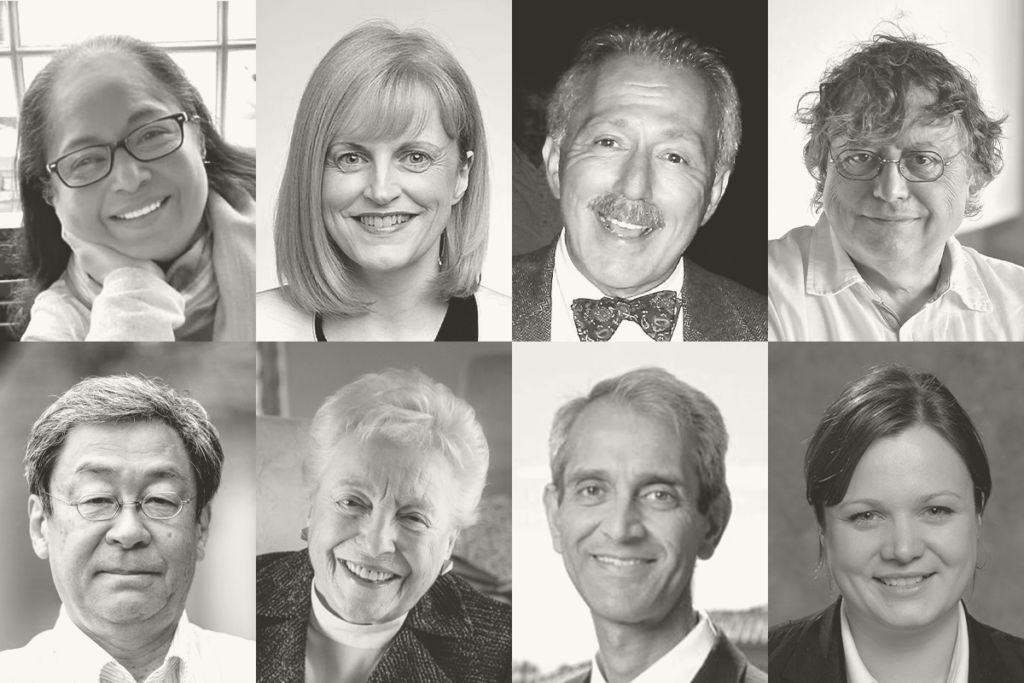
The leaders we have lost
Learn more about the lives and legacies of the neuroscientists who passed away between 2023 and 2025.
Long-standing theoretical neuroscience fellowship program loses financial support
Funding from the Swartz and Sloan Foundations helped bring physicists and mathematicians into neuroscience for more than 30 years.

Long-standing theoretical neuroscience fellowship program loses financial support
Funding from the Swartz and Sloan Foundations helped bring physicists and mathematicians into neuroscience for more than 30 years.
Cephalopods, vision’s next frontier
For decades, scientists have been teased by the strange but inaccessible cephalopod visual system. Now, thanks to a technological breakthrough from a lab in Oregon, data are finally coming straight from the octopus brain.
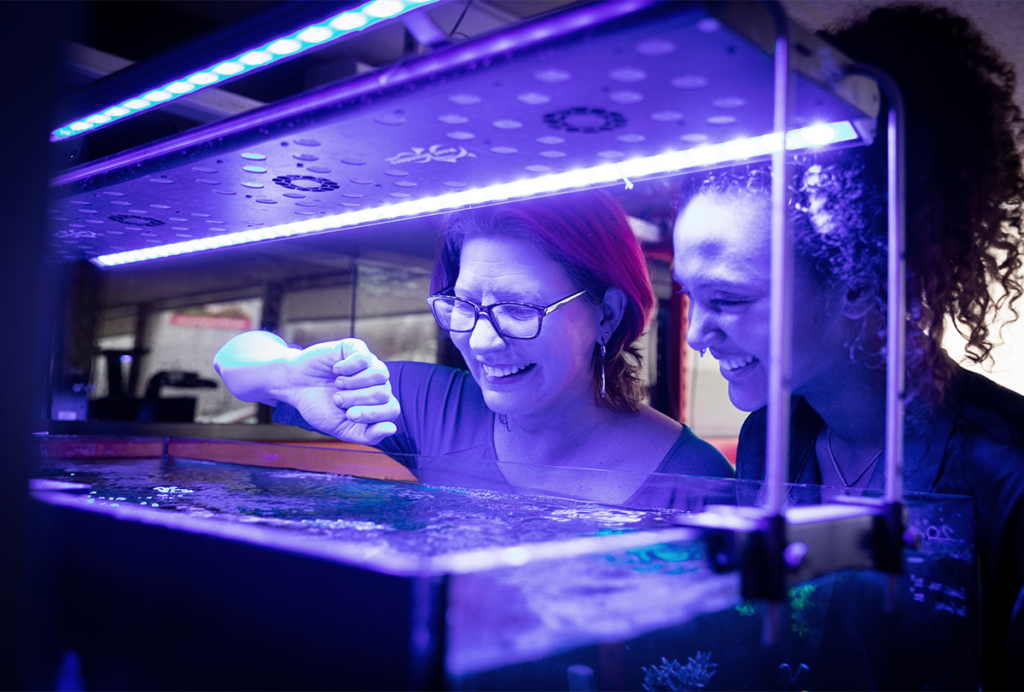
Cephalopods, vision’s next frontier
For decades, scientists have been teased by the strange but inaccessible cephalopod visual system. Now, thanks to a technological breakthrough from a lab in Oregon, data are finally coming straight from the octopus brain.
The non-model organism “renaissance” has arrived
Meet 10 neuroscientists bringing model diversity back with the funky animals they study.
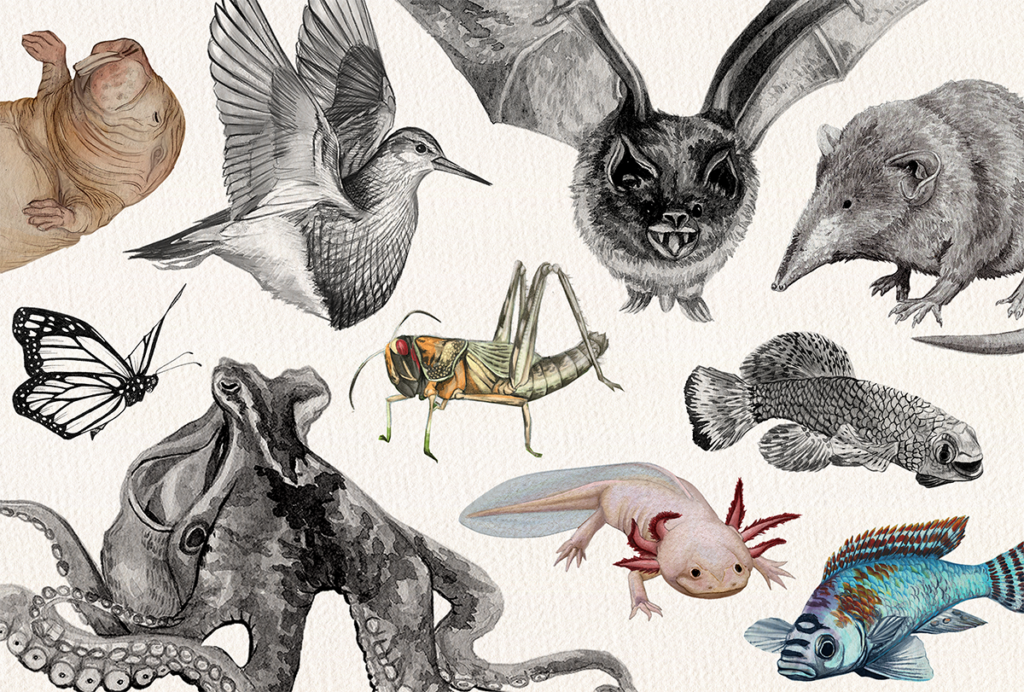
The non-model organism “renaissance” has arrived
Meet 10 neuroscientists bringing model diversity back with the funky animals they study.
‘Sacred objects’ display discredits Golgi and Ramón y Cajal’s rivalry: Q&A with curator Daniel Colón Ramos
A new exhibit that opened last week shows drawings from the influential duo side by side for the first time and recasts them as collaborators. It also reveals lessons for modern scholars.
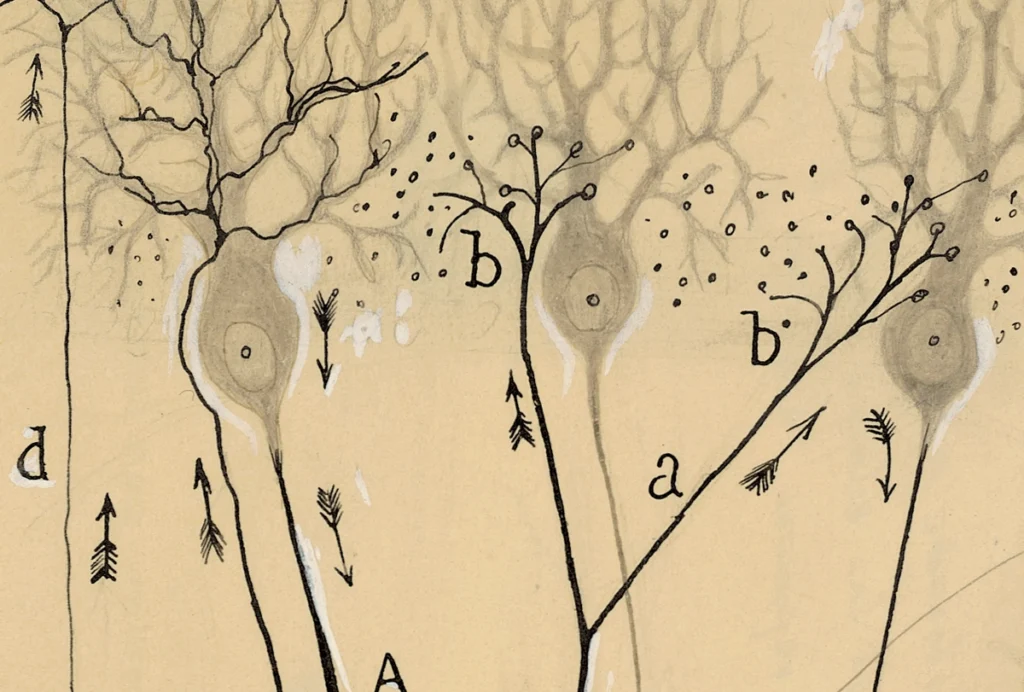
‘Sacred objects’ display discredits Golgi and Ramón y Cajal’s rivalry: Q&A with curator Daniel Colón Ramos
A new exhibit that opened last week shows drawings from the influential duo side by side for the first time and recasts them as collaborators. It also reveals lessons for modern scholars.
How did consciousness evolve? An excerpt from ‘A History of Bodies, Brains, and Minds: The Evolution of Life and Consciousness’
In his new book, to be published in September, neuroscientist Francisco Aboitiz links consciousness back to the earliest days of biological life.
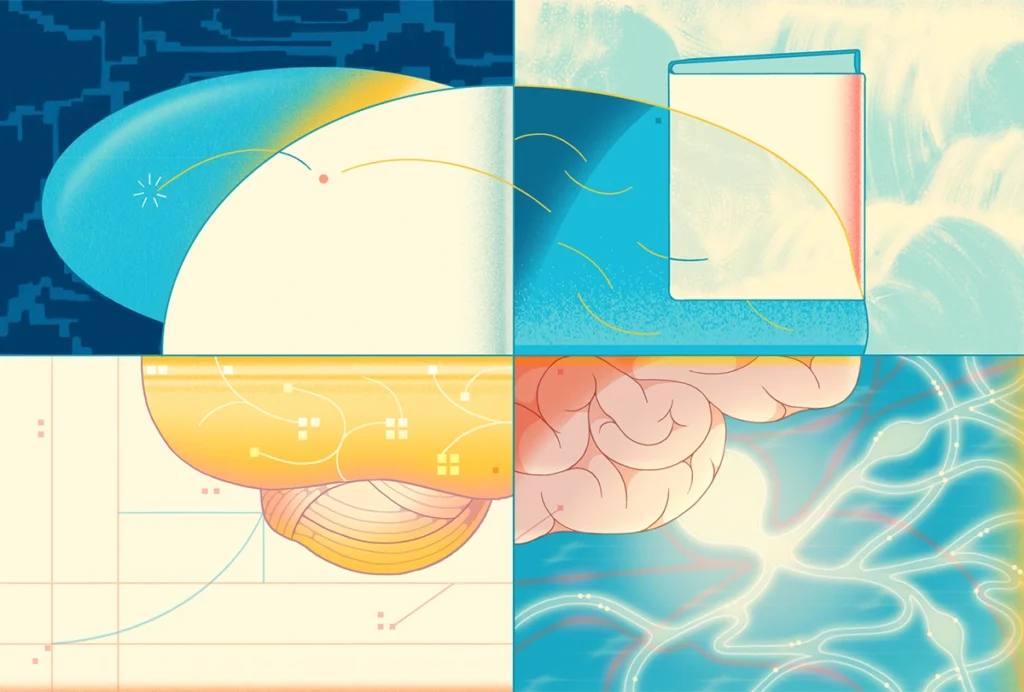
How did consciousness evolve? An excerpt from ‘A History of Bodies, Brains, and Minds: The Evolution of Life and Consciousness’
In his new book, to be published in September, neuroscientist Francisco Aboitiz links consciousness back to the earliest days of biological life.
Six new neuroscience books for fall—plus five titles you may have missed
We highlight the most anticipated neuroscience books for the remainder of 2024 and recap notable releases since last December.
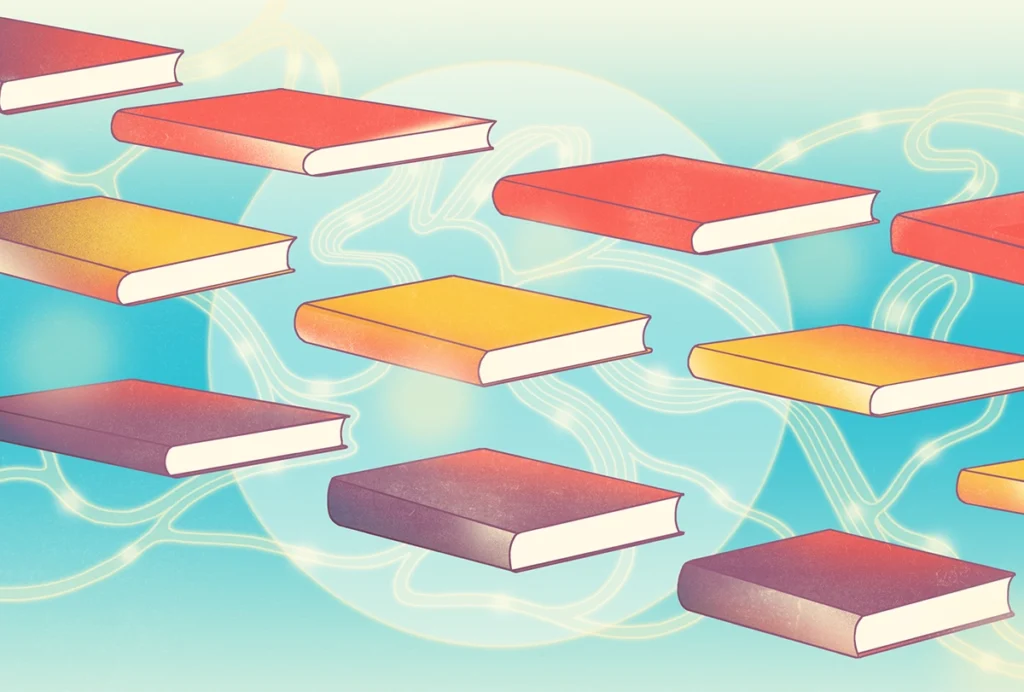
Six new neuroscience books for fall—plus five titles you may have missed
We highlight the most anticipated neuroscience books for the remainder of 2024 and recap notable releases since last December.
Redrawing Santiago Ramón y Cajal: Q&A with Dawn Hunter
The painter and visual arts professor spent hours recreating Ramón y Cajal’s art and poring over his sketchbooks and self-portraits in the National Archives of Spain, uncovering unappreciated aspects of his techniques and influences.
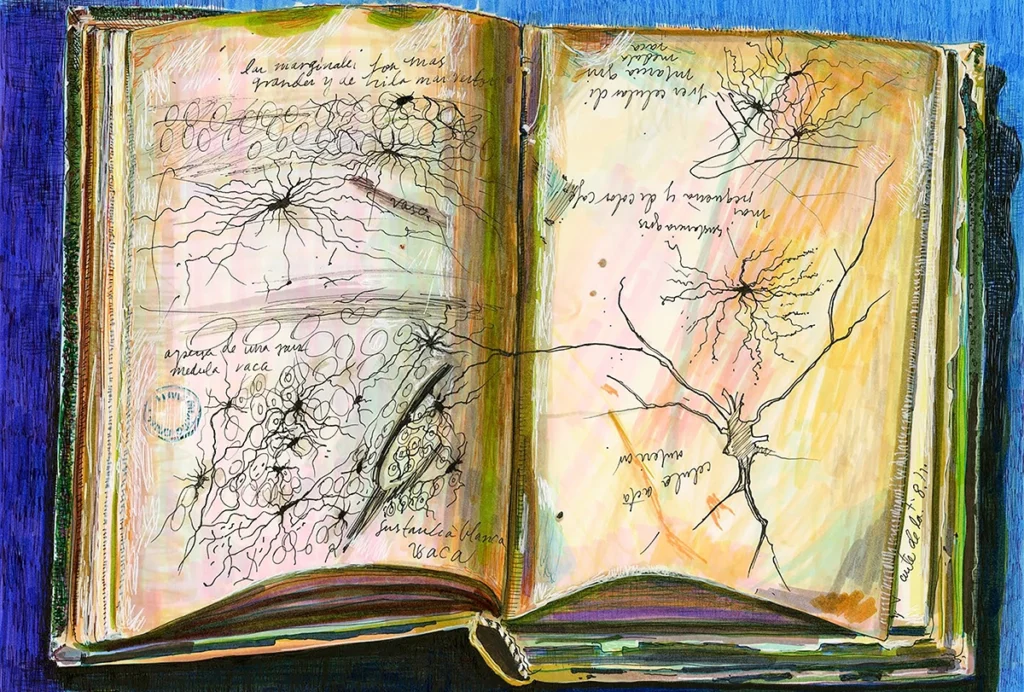
Redrawing Santiago Ramón y Cajal: Q&A with Dawn Hunter
The painter and visual arts professor spent hours recreating Ramón y Cajal’s art and poring over his sketchbooks and self-portraits in the National Archives of Spain, uncovering unappreciated aspects of his techniques and influences.
How inbreeding almost tanked an up-and-coming model of Alzheimer’s disease
But new genetic analyses and behavioral assays have made the Chilean degu a viable model again, researchers say.
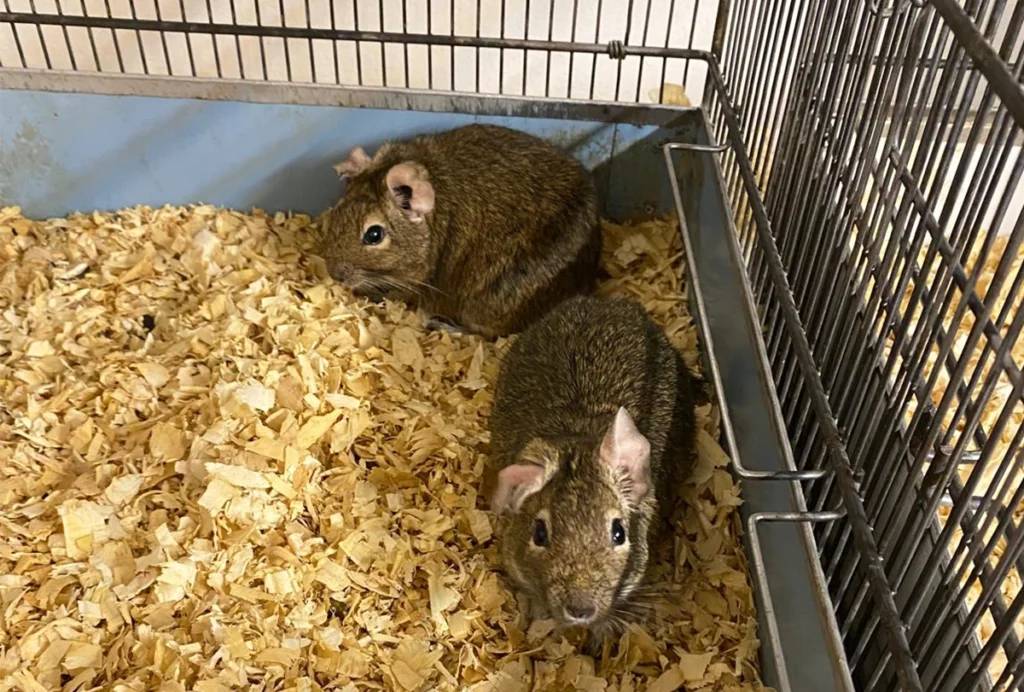
How inbreeding almost tanked an up-and-coming model of Alzheimer’s disease
But new genetic analyses and behavioral assays have made the Chilean degu a viable model again, researchers say.
Explore more from The Transmitter
Dispute erupts over universal cortical brain-wave claim
The debate highlights opposing views on how the cortex transmits information.
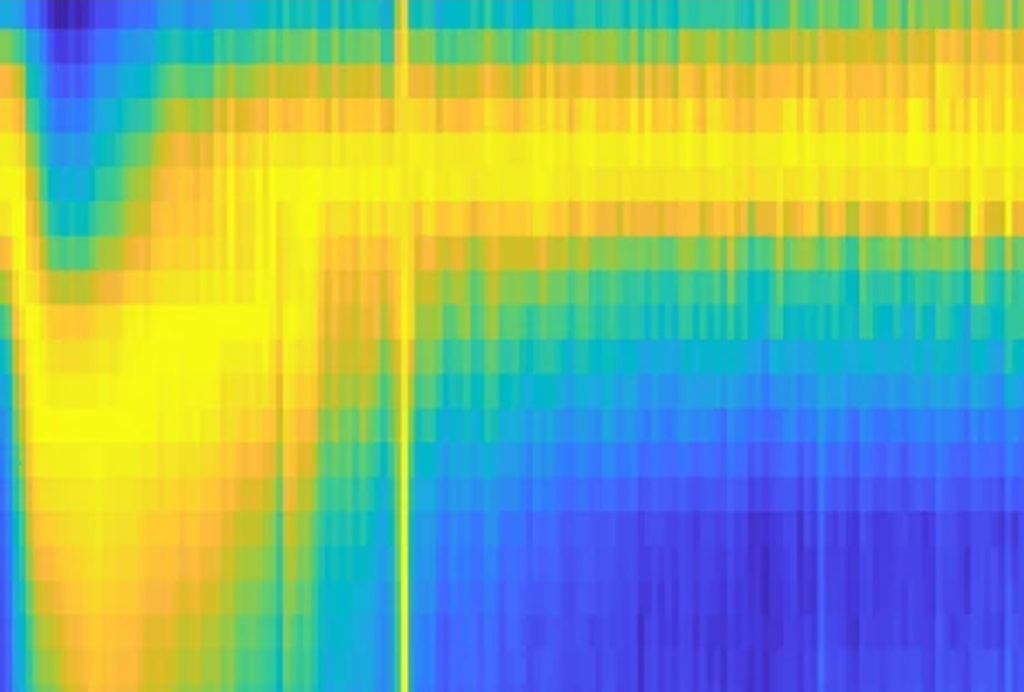
Dispute erupts over universal cortical brain-wave claim
The debate highlights opposing views on how the cortex transmits information.
Waves of calcium activity dictate eye structure in flies
Synchronized signals in non-neuronal retinal cells draw the tiny compartments of a fruit fly’s compound eye into alignment during pupal development.
Waves of calcium activity dictate eye structure in flies
Synchronized signals in non-neuronal retinal cells draw the tiny compartments of a fruit fly’s compound eye into alignment during pupal development.
Among brain changes studied in autism, spotlight shifts to subcortex
The striatum and thalamus are more likely than the cerebral cortex to express autism variants or bear transcriptional changes, two unpublished studies find.

Among brain changes studied in autism, spotlight shifts to subcortex
The striatum and thalamus are more likely than the cerebral cortex to express autism variants or bear transcriptional changes, two unpublished studies find.